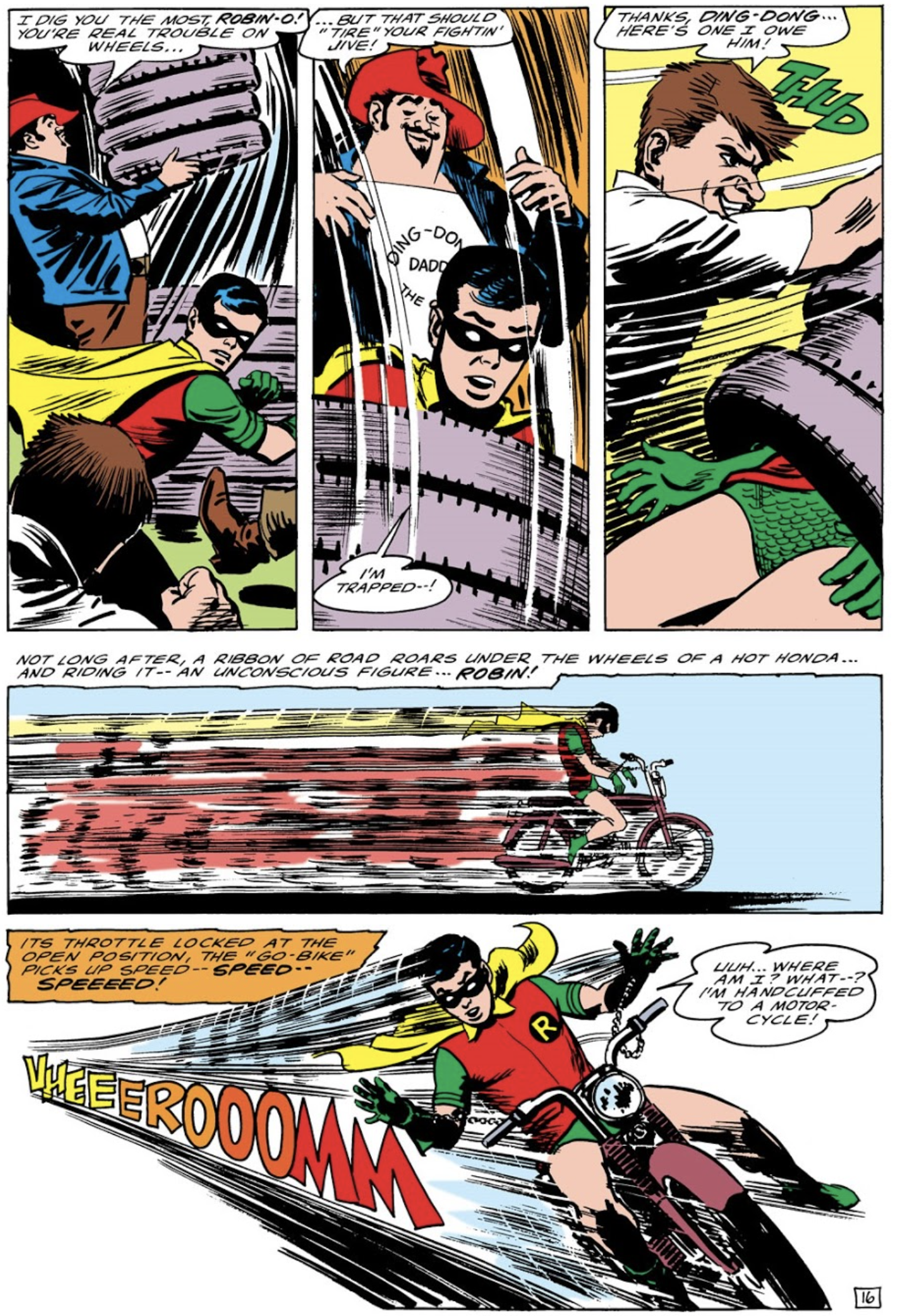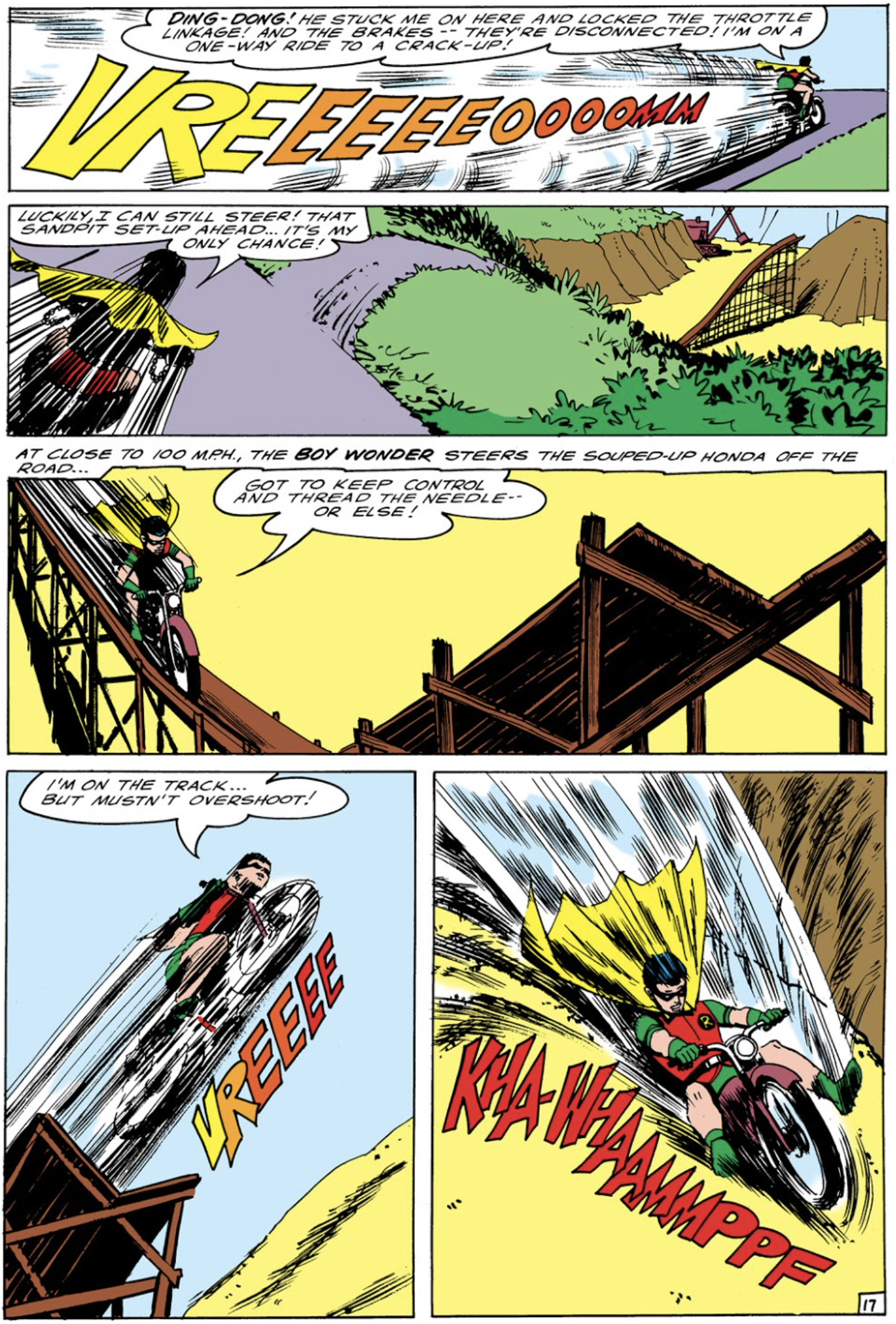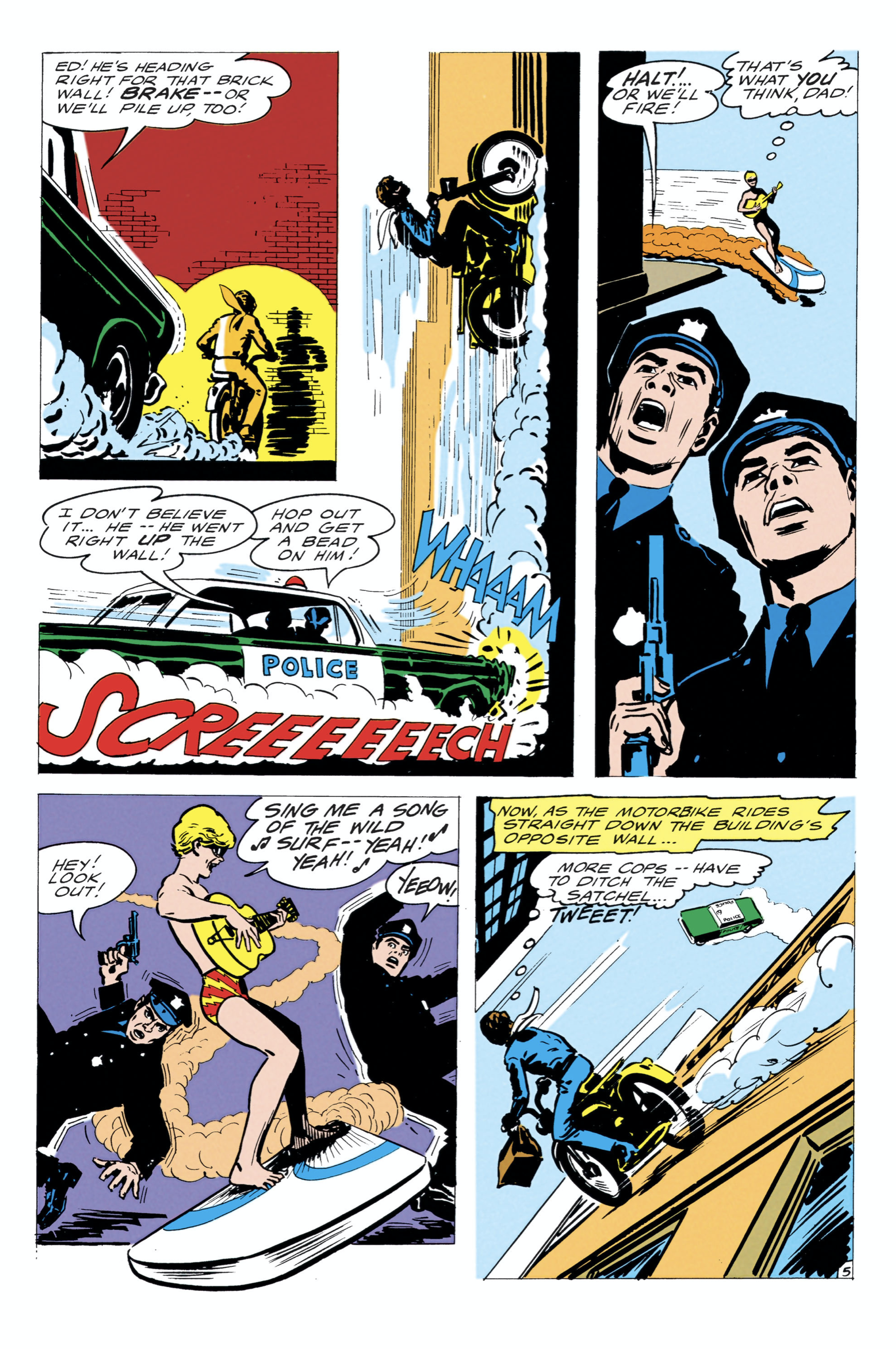Serendipity
Life, some wit told us, is what happens when you were busy making other plans. Once upon a time in Boise, Idaho, I lost my job and needed to come up with fifty bucks by the end of the day. Fifty bucks was a bigger deal in 1985 than it is these days. I had absolutely no idea where it might come from.
But I remembered an art director who lived in the foothills north of Boise. I’d been shopping my portfolio around town a few months earlier, and the man was nice enough to tell me that I paint like Vermeer. It occurred to me in my time of crisis that the man had a nice rock garden in front of his house.
So I drove up into the hills and knocked on the door. This was more than a little bit awkward.
“Do you remember me? I’m the illustrator who showed you my book. You told me I paint like Vermeer.”
He looked dumfounded. I didn’t know why, so I continued.
“Well, I could use a few bucks and wondered if you’d like me to weed your rock garden.”
He shook his head. “God must really watch over you, son. And over me.” He brought me into his studio, sat me at a drawing board, and showed me a thumbnail for a book cover he’d been hired to design. The final artwork was due the following morning, and whatever other skills he may have possessed, drawing was not one of them. “Can you draw this cover?”
Not quite as well as Vermeer could have, but by the end of the day, I’d drawn this:
Didn’t win any awards, but he got his cover and I got my fifty bucks, times three. And a pretty good ongoing client. And any time I wanted to piss off a teacher, all I had to do was loan him, or her, this book. Mr. Blumenfeld tore the National Education Association into little pieces.
He also introduced me to his daughter, a very lovely and talented young lady. We were never romantic, but we had some exciting adventures studying the Bible together. Later she introduced me to her best friend, another lovely and talented young lady. We not only investigated Scripture together, but many other areas of life as well.
Thirty years ago, I managed to persuade her to become my wife.
I wish I had a better copy of the book, but I’m glad I’ve got this one. It’s a nice little reminder that the art director in the hills north of Boise was absolutely right: God does watch over me.
























